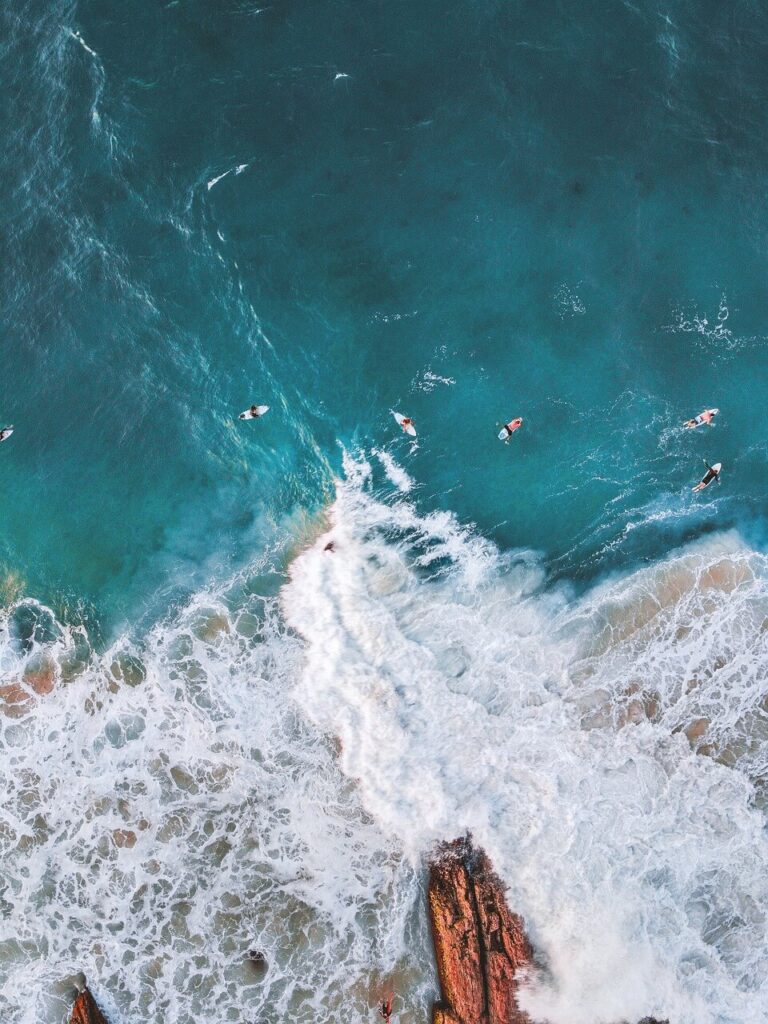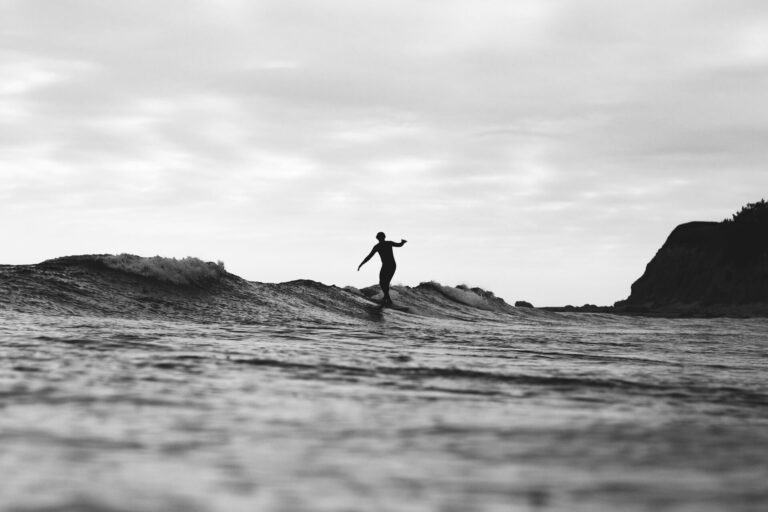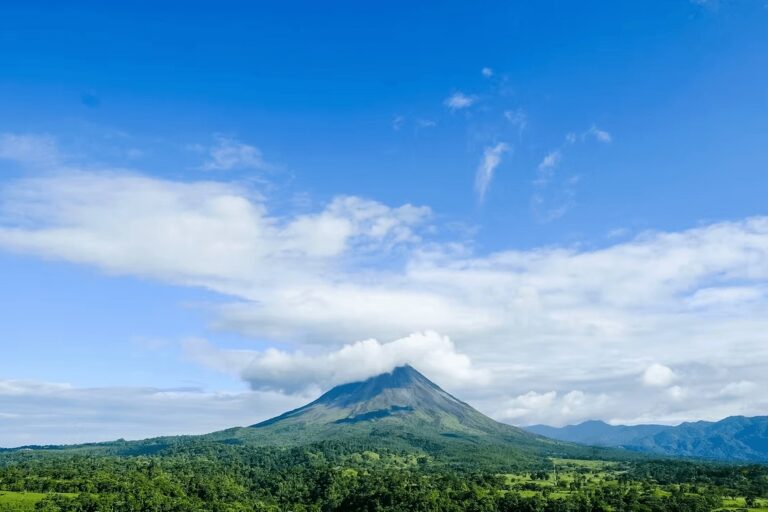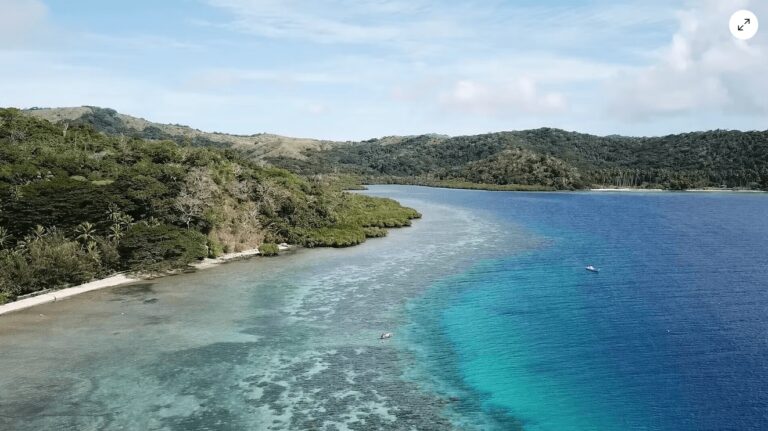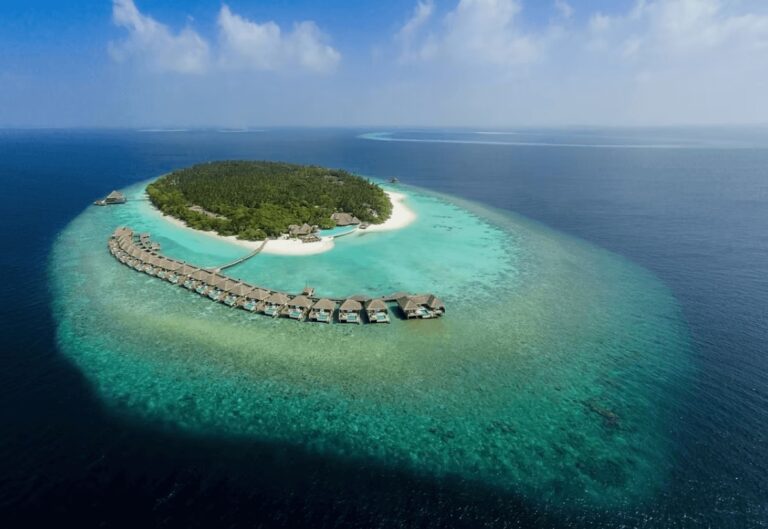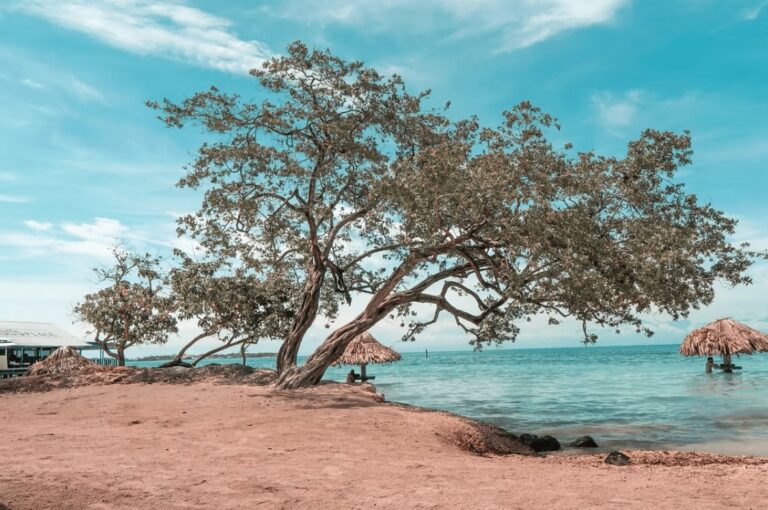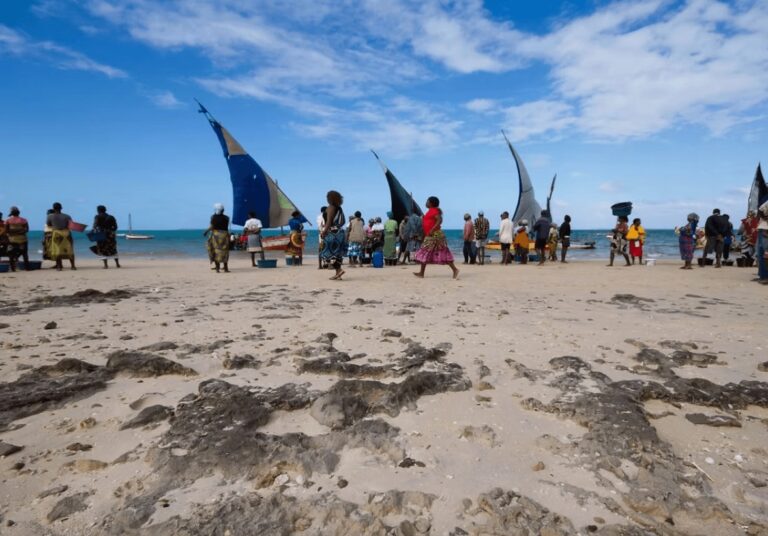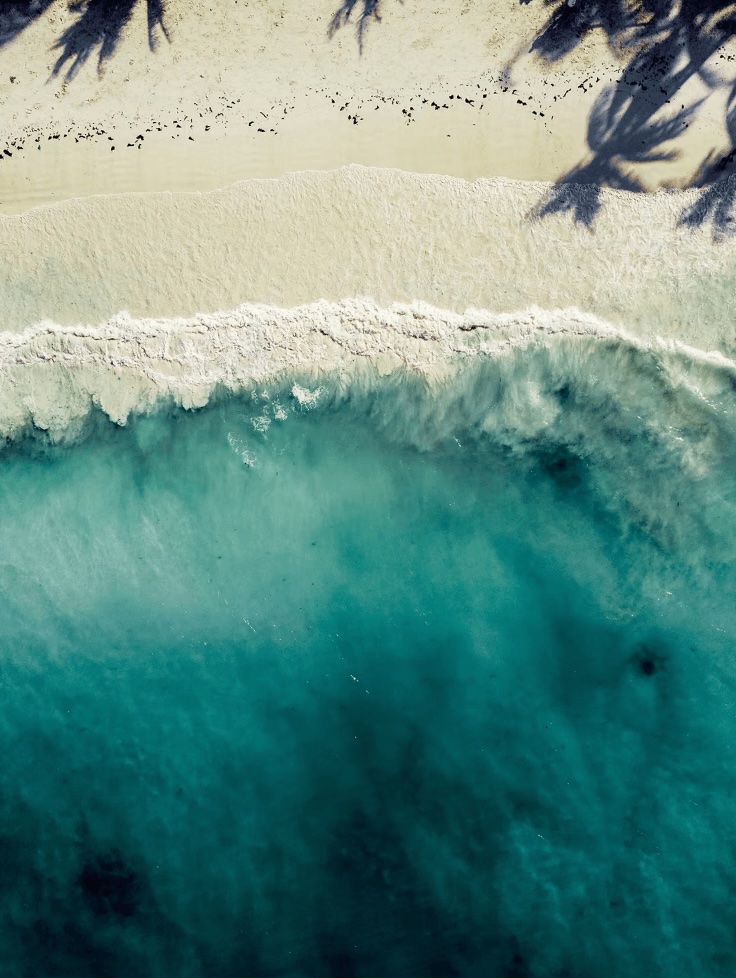8 best places to scuba dive in Africa
Looking for the best diving in Africa? From Mozambique to Mauritius, South Africa to the Seychelles, discover 8 of the best places to scuba dive in Africa.
More often associated with safari vacations and big-game terrestrial wildlife, Africa is also an extraordinary destination for scuba diving.
Its coastlines span the Red Sea, Indian Ocean and the Atlantic Ocean – the African continent is as varied below the water’s surface as it is above.
From the colourful reefs and wrecks of northern Egypt to the thrilling shark encounters off the shores of South Africa, Africa offers aquatic adventures to satisfy every level of diver.
But the allure of scuba diving in Africa goes beyond just the underwater realm. The continent also boasts incredible cultural experiences and once-in-a-lifetime safari adventures.
In this article, we’ll share 8 of the best places to scuba dive in Africa, whether you’re seeking leisurely drifts over colourful coral reefs or up-close encounters with big pelagic species.
While some of the destinations can easily be accessed from international airports, others require a challenging overland adventure that is all part of the experience.
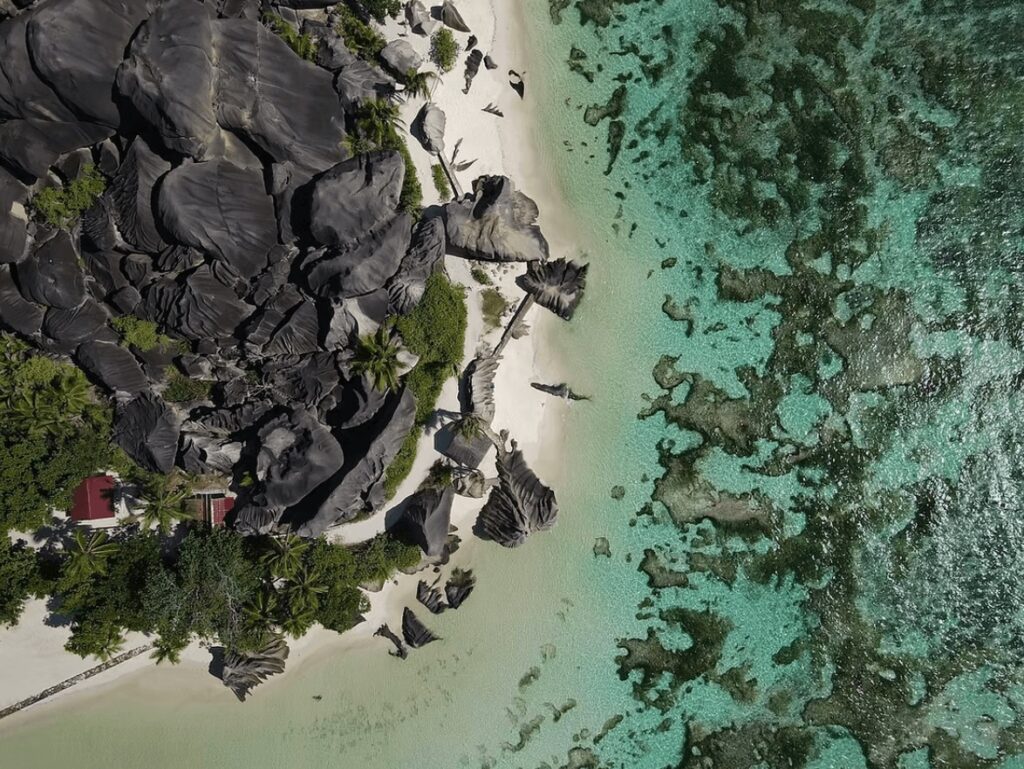
This article contains affiliate links, which means when you make a purchase through that link, we earn a small commission. Affiliate links come at no cost to you and ensure our content remains free!
South Africa
The best place to dive in Africa for thrill seekers
Stretching 2,800 kilometres along the Indian and Atlantic Oceans, South Africa offers some of the continent’s most exhilarating underwater experiences.
The country’s sheer geographic size and varied marine environments create a wealth of diving opportunities. Each region boasts its own attractions.
In the northeastern province of KwaZulu-Natal, you’ll find warm, clear waters that harbour some of South Africa’s most biologically rich dive sites.
The reefs of Sodwana Bay, protected within the UNESCO-listed iSimangaliso Wetland Park, are a particular highlight. Gliding through the depths is the occasional shark or manta ray.
Further south along the coast lies the legendary Aliwal Shoal. It’s renowned as one of South Africa’s premier shark diving destinations. Here, you have the chance to spot bull sharks, hammerheads, tiger sharks and sand tiger sharks.
A highlight on the annual calendar is the thrilling Sardine Run, which takes place in June and July. This wildlife spectacle will see you surrounded by not only millions of sardines but also sharks, dolphins and diving birds.
Venturing to South Africa’s Western Cape, the diving experiences take on a different character. Here, the cooler, kelp-filled waters of the Atlantic Ocean support a unique array of marine creatures.
Seal colonies and African penguin rookeries dot the coastline, attracting apex predators like great white sharks, seven-gill sharks and even orcas.
Towns like False Bay and Gansbaai have become world-famous hubs for shark cage diving, allowing thrill-seekers to come face-to-face with these ocean predators.
If you’re heading to South Africa, discover some of the best surf spots along the country’s extensive coastline.

Mozambique
Best place to dive in Africa for large pelagic species
Mozambique’s 2,400-kilometre-long coastline offers an exhilarating introduction to the impressive megafauna of southeast Africa.
While this little-visited African dive destination may not be the most accessible, it’s that very inaccessibility that lends it a sense of frontier-like exploration.
Dive sites here remain relatively untouched, with few other divers to contend with. Plus, the above-water scenery is sublime.
In the northern reaches of the country is the Quirimbas Archipelago. It’s protected within one of Africa’s largest marine protected areas, encompassing over 200 kilometres of undeveloped islands, mangroves and reefs.
The underwater world here is notable for its fascinating topography, from canyons and caves to dramatic overhangs.
Further south within the Mozambique Channel, the Bazaruto Archipelago offers enthralling drift dives. Its walls, canyons and overhangs create an ever-changing seascape to explore.
Head down the coast and you’ll discover the well-known manta and whale shark destination of Tofo. It boasts year-round sightings of these pelagic giants.
The migratory patterns of humpback whales also bring these majestic creatures through the Mozambique Channel. For the best sightings, coincide your trip with August and September.
Finally, in Mozambique’s deep south is Ponta do Ouro. It’s one of the premier sites in the southern hemisphere for encountering shark species.
Diving in these productive waters means getting up close to bull sharks (known locally as Zambezi sharks), as well as hammerheads and 17 other shark species.
You’ll find more info about scuba diving in Mozambique in our detailed article here.

Red Sea
Best place for liveaboard diving in Africa
As the world’s most northerly tropical sea, this 2,250-kilometre-long inlet of the Indian Ocean is sandwiched between the African nations of Egypt, Sudan and Eritrea to the west and Saudi Arabia to the east.
This has resulted in a unique and isolated marine environment that is best explored by liveaboard. In fact, this is one of the best places to scuba dive in Africa for liveaboard trips.
Renowned as one of the “Seven Wonders of the Underwater World,” the Red Sea boasts colourful coral gardens, dramatic deep-water walls and thriving schools of fish. That’s not to mention the chance to spot some of the ocean’s most impressive pelagic creatures, including sharks, mantas and schools of hammerheads.
The northern region, in particular, is home to some of the Red Sea’s most famous and sought-after dive sites. Many of these can be found within the drift-filled reefs of Ras Mohammed National Park.
Those seeking the ultimate big-animal encounters should head to the “golden triangle” of Brothers, Daedalus and Elphinstone. This area attracts huge numbers of pelagic predators.
Alternatively, you can discover one of the Red Sea’s accessible shipwrecks, such as the World War II-era SS Thistlegorm.
Less explored is the southern Red Sea, which offers more of a frontier-like diving experience. Highlights include the vast underwater plateau of Fury Shoals and the Rocky Islands.
On the border with Sudan is the isolated St. John’s Reef. It features caves, tunnels and overhangs that are blanketed in a profusion of colourful corals and the (sometimes strong) currents lure a wealth of pelagic species.
Prefer a land-based scuba vacation in the Red Sea? Here are some of the top eco-friendly dive resorts in Egypt.

Madagascar
Best place to dive in Africa for wildlife lovers
Situated off the southeastern coast of the African continent is Madagascar. It boasts an incredible wealth of endemic flora and fauna that has evolved in isolation.
While this island nation has long been a dream destination for wildlife enthusiasts and nature lovers, its marine ecosystems have only recently begun to draw the attention of intrepid scuba divers and snorkellers.
Compared to many other Indian Ocean vacation spots, Madagascar’s coastal regions and dive sites remain refreshingly uncrowded.
Nowhere is this more apparent than in the waters surrounding Nosy Be. Its astounding array of hard coral species – over 300 in total – provide home to more than 1,300 species of reef fish.
Aside from getting up close to turtles, rays and sharks, this is also a prime destination for encountering whale sharks. These marine giants congregate in the nutrient-rich waters each October and November.
Further north, the clear waters and dramatic volcanic topography of the Mitsio Archipelago present equally thrilling opportunities. Here, you can encounter manta rays, sharks and other pelagic marine life in an untamed setting.
Head south along Madagascar’s western coastline and you’ll reach the dive sites around Toliara Reef, Anakao and Nosy Ve. This area is particularly beloved by macro enthusiasts.
Off the east coast of Madagascar is Nosy Boraha (also known as Île Sainte-Marie), which is quickly gaining popularity among wreck diving fans. In addition to its sunken artefacts, it’s an important migratory path for humpback whales between July and September.
You’ll find more info about scuba diving in Madagascar in our detailed article here.
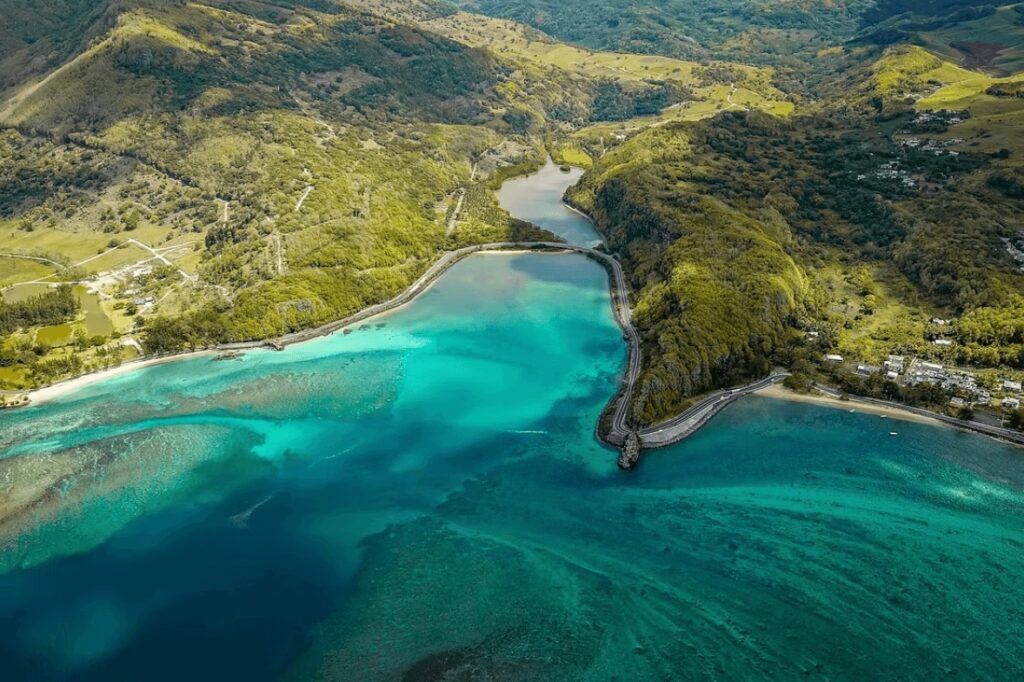
Mauritius
Best place to dive in Africa for beginners
Around 1,000 kilometres east of Madagascar lies the small island nation of Mauritius, the former home of the dodo bird.
It has long captured the imagination of nature enthusiasts, both above and below the water’s surface. In Mauritius, you’ll find several endemic species and unique hard and soft coral formations.
Along the island’s northern shores, the dive spots of Grand-Baie and Trou-aux-Biches promise exceptional macro diving experiences for underwater photographers.
The island’s east coast plays host to some of Mauritius’ most celebrated diving encounters. Both the Shark Pit and Belle Mare are renowned for their pelagic and shark sightings. Here, divers may be lucky enough to experience the powerful presence of bull sharks, grey reef sharks and silvertip reef sharks.
Head west and you may catch a glimpse of migratory humpback whales or the playful dolphins that frequent the area.
Numerous shipwrecks litter the ocean floor, such as the Tug II and Kei Sei 113. Sites like the “Cathedral” and “Rampart Serpent” also provide unforgettable diving adventures close to the beach resort of Flic-en-Flac.
The unique geography of Mauritius, with its surrounding coral reefs, creates sheltered lagoons. This makes it one of the best places to scuba dive in Africa for beginners wanting to hone their skills.
At the same time, more advanced divers can revel in the exploration of wrecks, caves and tunnels, as well as the towering pinnacles that dot the seascape.
For a sustainable dive vacation in Mauritius, check out these eco-friendly dive resorts.

Seychelles
Best island paradise for diving in Africa
Scattered across the Indian Ocean to the north of Mauritius is this tropical archipelago. It’s renowned not only as a honeymoon destination, but also as home to some of the finest scuba diving opportunities in the region.
Giant Aldabra tortoises inhabit the dramatic terrain of the Seychelles. Meanwhile, its idyllic beaches are dotted with massive boulders and eco-conscious luxury resorts.
The three main islands of Mahé, Praslin and La Digue are where the majority of the diving in the Seychelles takes place. These are surrounded by protected coral islets and atolls teeming with life.
Divers exploring the inner reefs will encounter an abundance of tropical fish, as well as graceful sea turtles and fantastical nudibranchs.
Venture to the less-frequented outer reefs and you may be rewarded with sightings of the elusive sailfish. Oceanic whitetips, manta rays and whale sharks also frequent these waters.
The southern islands of Seychelles also offer exceptional drift and wall diving opportunities. There really are incredible experiences for all levels!
Planning a dive vacation in the Seychelles? Check out these 5 eco-friendly Seychelles resorts to help you plan a sustainable stay.
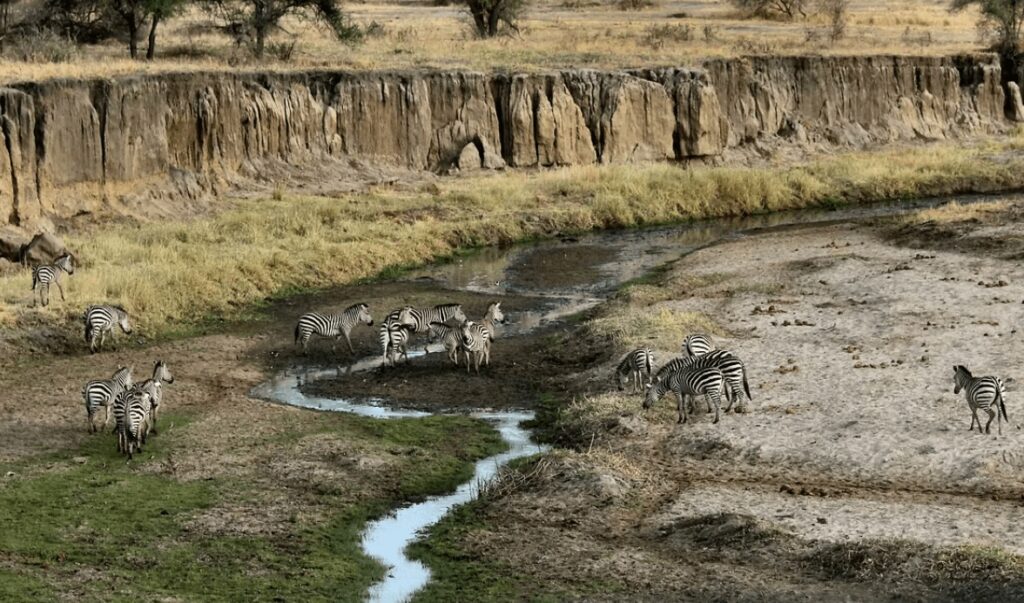
Mafia Island
Best place to dive off-the-beaten-track in Africa
While most tourists seeking a coastal escape in Tanzania make a beeline for Zanzibar, it’s an island further south that offers the country’s best scuba diving.
Mafia Island is surrounded by one of the largest protected marine areas in the Indian Ocean. It encompasses mangrove forests, inland lagoons and sandbanks.
Whether you’re exploring its flat-topped reefs or steep banks blanketed in coral, the diving around Mafia Island is second to none. You can swim through winding channels, drift around bommies and explore underwater caves. All while encountering a dizzying array of marine life.
If that’s not enough, Mafia Island also hosts humpback whales on their annual migration. There’s the opportunity to swim alongside these gentle giants in August and September.
The winter months are among the best times to watch turtle hatchlings scurrying to the sea from one of the island’s blindingly white beaches.
The coral reefs around Mafia Island have been spared the widespread bleaching that has devastated many other Indian Ocean destinations. Its dive sites are also blissfully uncrowded compared to Zanzibar.
With most at less than 30 metres in depth, it’s a wonderful spot for divers of all levels to enjoy an off-the-beaten-path scuba vacation in Africa.
You’ll find more info about scuba diving in Tanzania in our detailed article here.

Kenya
Best place for macro diving in Africa
While Kenya may not be the first destination that comes to mind for many scuba divers, this East African nation is somewhat of a hidden gem for macro enthusiasts.
Much of its 1,400-kilometre-long coastline is protected within marine parks and reserves. This has ensured the reefs remain healthy and the marine life abundant.
Among the country’s best-managed conservation areas is Watamu Marine National Park. It’s a prime destination for spotting green turtles and dugongs amid its diverse fish populations.
Over 100 species of hard coral have been recorded within the park’s bounds. Additionally, it’s here that you’ll find the 18-metre wreck of a prawn trawler, the Mida.
Further south, the Kisite-Mpunguti Marine Reserve showcases Kenya’s stunning coastal beauty. There are year-round diving opportunities off the shores of Wasini Island.
Here, divers can encounter around 40 species of coral and over 250 different types of reef fish, as well as manta rays, turtles and large pods of bottlenose dolphins.
In Kenya, you don’t have to venture far from an urban centre for fascinating dive experiences. The Mombasa Marine National Park & Reserve is home to large coral heads that provide habitat for nudibranchs and opisthobranchs.
Descending into the outer reefs, divers are treated to a dramatic topography of shelves and overhangs, as well as memorable encounters with eels, barracudas and groupers.
You’ll find more info about scuba diving in Kenya in our detailed article here.
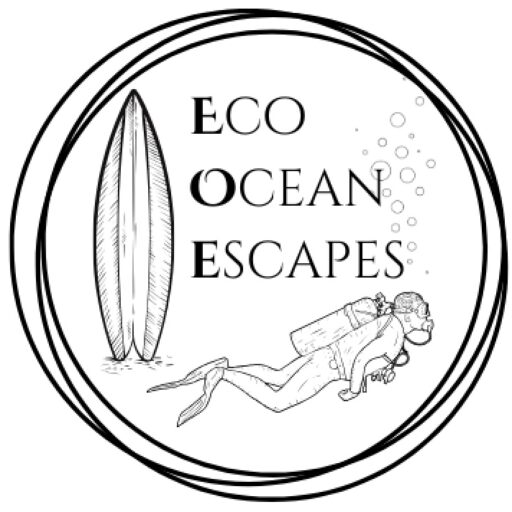
PLAN YOUR TRIP WITH OUR FAVOURITE RESOURCES:
Find hotels and resorts via Booking or Agoda
Book tours and experiences via Viator or GetYourGuide
Find a rental car via Discover Cars
Book flights via Kiwi or Booking
Search for buses and trains via 12Go or Omio
Get travel insurance via SafetyWing
Buy a digital eSIM with Airalo
By purchasing through our links, you’ll be supporting our website at no additional cost to you
About the authors
We are a team of passionate divers and surfers with decades of combined experience in the water and travelling to all corners of the globe. After years of chasing waves and descending into the deep blue, we’ve created this resource to highlight sustainably run surf camps, eco-friendly dive resorts and conservation-focused ocean trips to help inspire your next adventure.
Eco Ocean Escapes was born out of a love of the ocean, an obsession with travel and a concern about the impacts of our adventures on the environments we explore. Despite the benefits that surf and dive tourism can bring to local communities, we recognised that ocean-based adventures are not always managed in a sustainable manner.
Through our articles, we hope to inspire those seeking a responsible surf or dive trip that is all about supporting local communities, preserving our coastal environments and the incredible marine species that inhabit our oceans.
-
Sustainable Surf Tourism and Respecting Local Communities
Surf tourism has exploded over the last two decades. With travel becoming more accessible and social media exposing hidden spots, once-remote breaks in Indonesia, Central America, Morocco and the Pacific Islands are now iconic stops on global surf circuits. While surf travel brings income, jobs and global attention to coastal towns, it can also disrupt…
-
Inspiring Citizen Science Projects for Surfers + How to Get Involved
As surfers, we are intimately connected to the ocean – its rhythms, its wildlife and its health. Because of this relationship, many of us are looking for meaningful ways to protect the marine environments we love. One of the simplest and most impactful ways we can do this is by joining citizen science projects. These…
-
Understanding Marine Protected Areas (MPAs): Why divers should care
If you’ve spent time underwater (as a diver or snorkeller), you’ve probably noticed something: not all sites are beacons of health. Some reefs appear vibrant and full of life, while others show signs of stress – broken coral, few fish or algae-covered rocks. One of the biggest factors shaping the health of our oceans is…
-
Costa Rica: Best Marine Parks for Scuba Divers + Eco Dive Resorts
Costa Rica is a paradise for eco-conscious travellers and underwater explorers are no exception. With its healthy coral reefs, pelagic-rich waters and some of the most progressive environmental policies in the world, the country is a dream destination for those who want to dive responsibly. We’ve been lucky enough to visit Costa Rica several times…
-
Eco-Diving: Best Destinations for Sustainable Scuba Travel
As humans inspired by the underwater world, there is plenty of incentive to protect our coral reefs. Here at EcoOceanEscapes, we want to do our bit to save endangered marine species and keep our oceans free of trash. One impactful action we can all take is to choose sustainable diving destinations. These are nations (or…
-
Eco-Friendly Diving: How to Be a Sustainable Scuba Advocate
Understand the environmental impacts of diving and sustainable scuba practices in this comprehensive guide to eco-friendly diving. Any diver will tell you that being underwater is an incredible experience. It’s a world that not everyone has the opportunity to explore and the encounters we have with marine creatures can be life-changing. Watching manta rays soar…

We are a team of passionate divers and surfers with decades of combined experience in the water and travelling to all corners of the globe.
After years of chasing waves and descending into the deep blue, we’ve created this resource to highlight sustainable surf camps, eco-dive resorts and conservation-focused ocean trips to help inspire your next adventure.
Eco Ocean Escapes was born out of a love of the ocean, an obsession with travel and a concern about the impacts of our adventures on the environments we explore.

